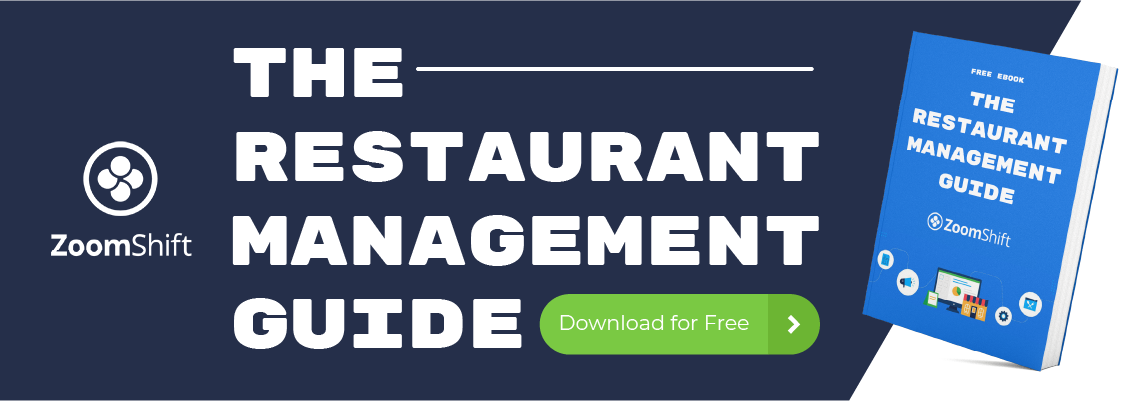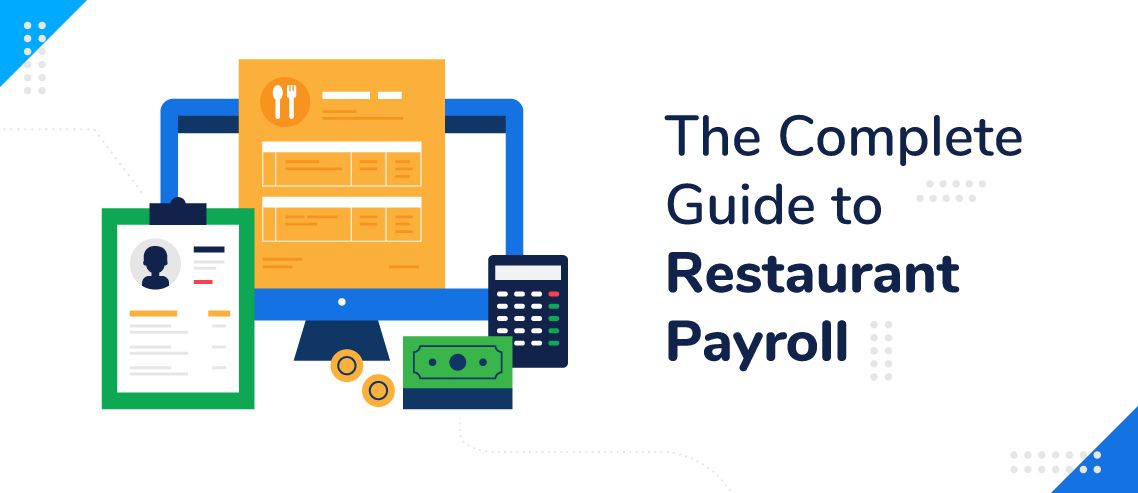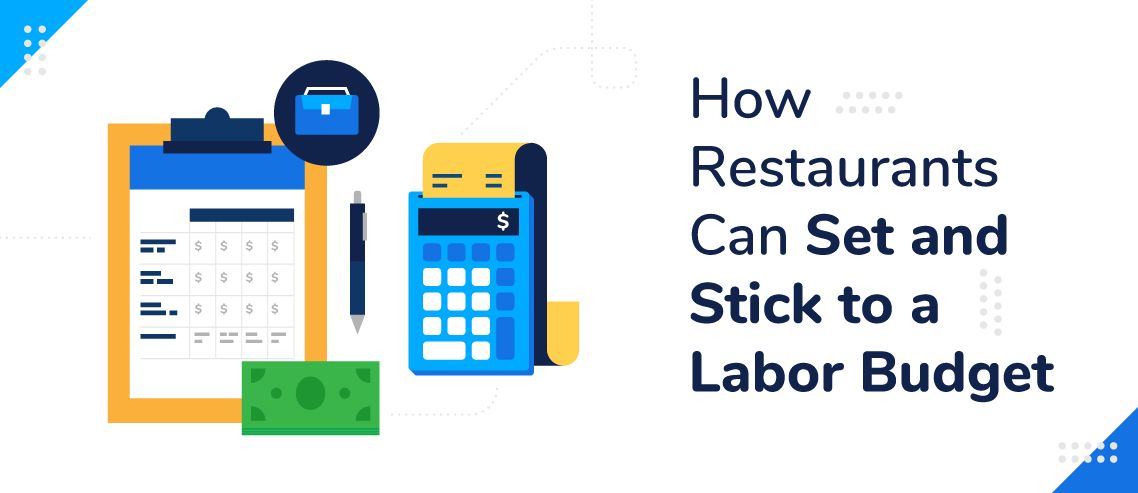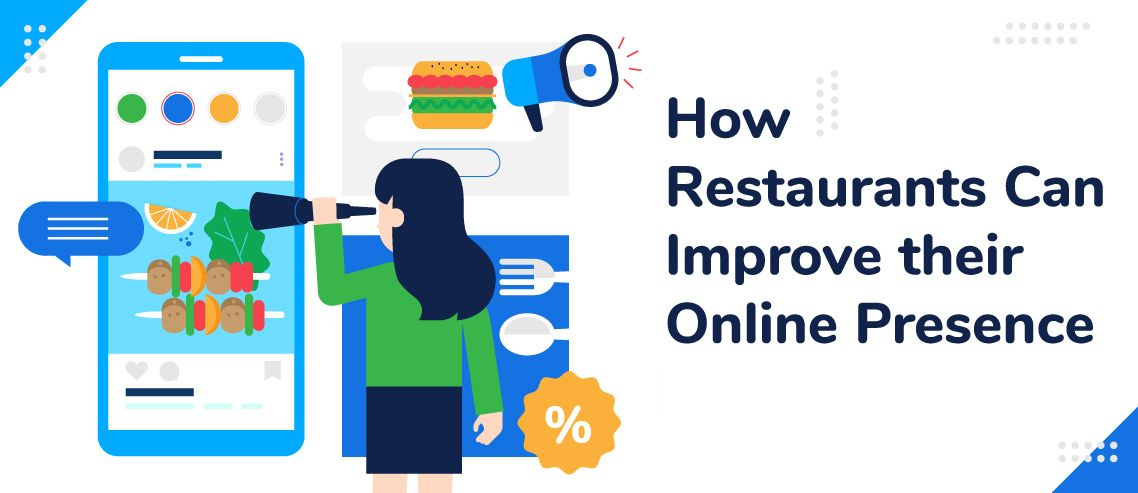6 Restaurant Inventory Management Tips and Software for 2024
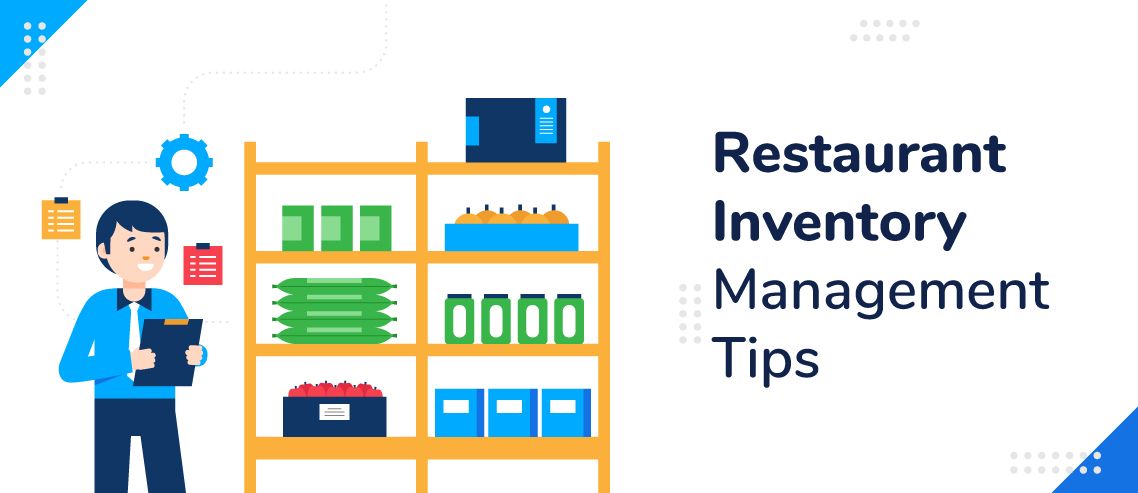
When you run a restaurant, there’s a lot to keep track of. Between employee scheduling, customer orders, table bussing, reservations, and deliveries, it’s hard to catch a break.
And then there’s inventory. Beneath all the other moving pieces of restaurant life lie the raw ingredients that make the entire show possible. If you don’t have a rock solid way to keep track of the products and supplies coming in and out of your restaurant, it will be hard to lay the foundation for a successful, organized, and delicious business endeavor.
In this guide, we’ll cover six tips that you can use to up your restaurant inventory management game in the coming year.
What Is Restaurant Inventory Management?
Restaurant inventory management refers to the process of tracking the foods, ingredients, supplies, and equipment that arrive and leave your restaurant. If you count up how many bags of flour you have at the beginning of the week, for example, you’re managing your restaurant’s inventory.
Staying on top of your inventory is important because it’s the only way to ensure that you’re ready for business and have enough supplies and ingredients to fulfill your patron’s orders. If you underestimate how much of a particular ingredient you have, you could end up short on your most popular dish right during your rush hour.
On the flipside, restaurant inventory management helps measure and control your restaurant’s efficiency. For example, if you find that you’re consistently throwing out too many unused and expired ingredients, you can adjust your order size moving forward. To this end, inventory management typically includes accounting for staff meals and accidents that lead to food waste.
6 Restaurant Inventory Management Tips
1. Choose the Right Tools
Traditionally, inventory management has been done with a pencil and paper, but nowadays, technology plays a significant role. Tech solutions not only make data collection more convenient, but they can also provide actionable insights based on your records that can help improve efficiency.
The most popular solutions for restaurant inventory management are called point-of-sale (POS) systems. These tools can track the entire sales procedure from back-end inventory to payment processing. In today’s world, POS systems are practically indispensable.
There are lots of different companies that offer POS systems, so take some time to do some market research to find the best fit for your restaurant’s needs.
2. Understand the Terminology
To properly manage your restaurant’s inventory, you’ll need to make sure your team can communicate efficiently with each other. And to do that, you’ll need to ensure that everyone understands the terminology.
Some terms you should understand include:
- Costs of Goods Sold (COGS): This is the amount of money it cost to make the goods (foods and beverages) you sold to customers. The formula is COGS = Beginning Inventory + Purchased Inventory – Final Inventory.
- Par Level: This is the amount of any item or ingredient you need to produce a final product or menu order.
- Usage: How much of a product you’ve used over a set period of time.
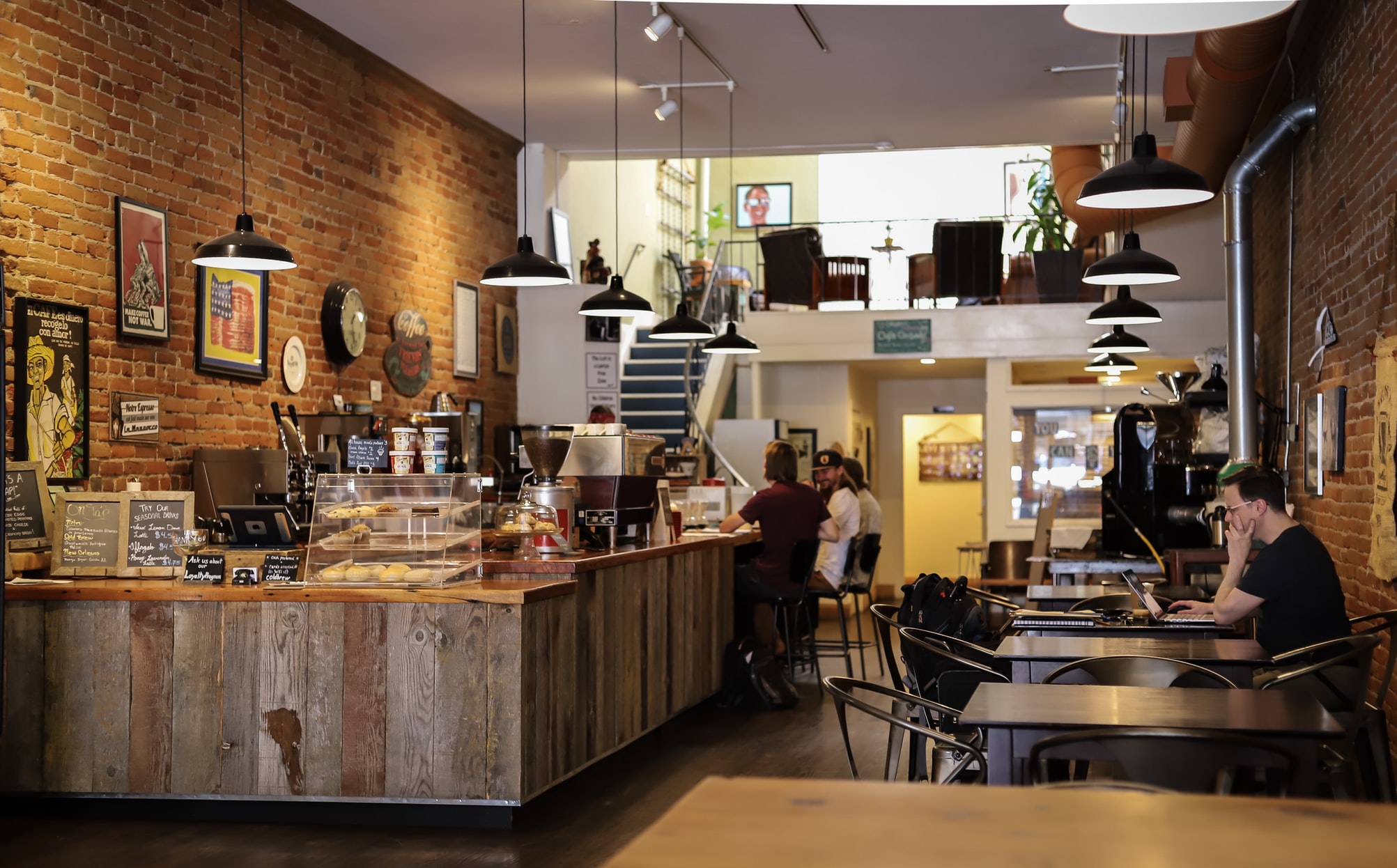
3. Get Staff on the Same Page With Training
The only way to accurately keep track of your inventory is to make sure all your team members are on the same page and understand what they’re doing. If every team member is following a different procedure or double counting the same items, things can get messy quickly and increase your restaurant expenses.
To minimize these types of errors, it’s important to implement thorough training programs to get staff members up to speed with your system. It can also be a good idea to assign specific jobs to individual team members. This can help to reduce errors from double counting.
4. Keep Some Extra Inventory In Stock and Utilize Surplus Ingredients
Wasting food that’s gone bad is a problem, but so is finding yourself short on the ingredients you need to fulfill customer orders. The world is unpredictable, and you need to prepare for unforeseen events, like supply chain disruptions. Plus, you need to make sure you have enough ingredients on hand in case you get an unexpected surge in business!
To deal with these possibilities, it’s a good idea to keep some extra ingredients on hand. Don’t go overboard, but stock up enough that you’ll have some in case of an emergency. If you find that your stock is nearing the expiration date and hasn’t been used, try to include it in alternative dishes.
5. Use the FIFO Method
FIFO stands for first in, first out. It refers to the practice of using the ingredients that come into your inventory in the order that they arrive. So, if you receive a bag of flour on April 4th, and another on April 11th, you should make sure you use the bag that came on the 4th before you open the one from the 11th.
This simple method can drastically reduce the amount of food waste due to expiry and should be implemented by every restaurant unless there’s a clear reason not to.
6. Use Your Data to Make Better Orders in the Future
The switch from pen and paper to tablet and stylus has made it much easier to analyze your inventory trends and draw actionable insights that you can use to improve your restaurant’s efficiency.
If you want to get the most out of your restaurant inventory management, don’t just enter your inventory into your system and walk away. Keep checking in and analyzing the data so that you can make better decisions going forward.
Are you consistently wasting jam because it expires before it’s used? Use your POS system to make a note and make a smaller order next time.
Top 4 Restaurant Inventory Management Software
Now that you know what to look for in an inventory management software, here is a list of the 4 best tools on the market today to make your decision a little easier.
1. MarketMan

MarketMan is a cloud-based inventory and supplier management system that streamlines back of house operations including budgeting, purchasing, order optimization, food costing, recipes, invoice scanning, vendor payments, supplier management and more. Available across all devices, MarketMan helps restaurants streamline operations and keep costs under control.
Pricing starts $127 for the Operator plan that gives access to inventory counting and transfers, accounts payable management and placing & receiving purchase orders.
2. Lavu
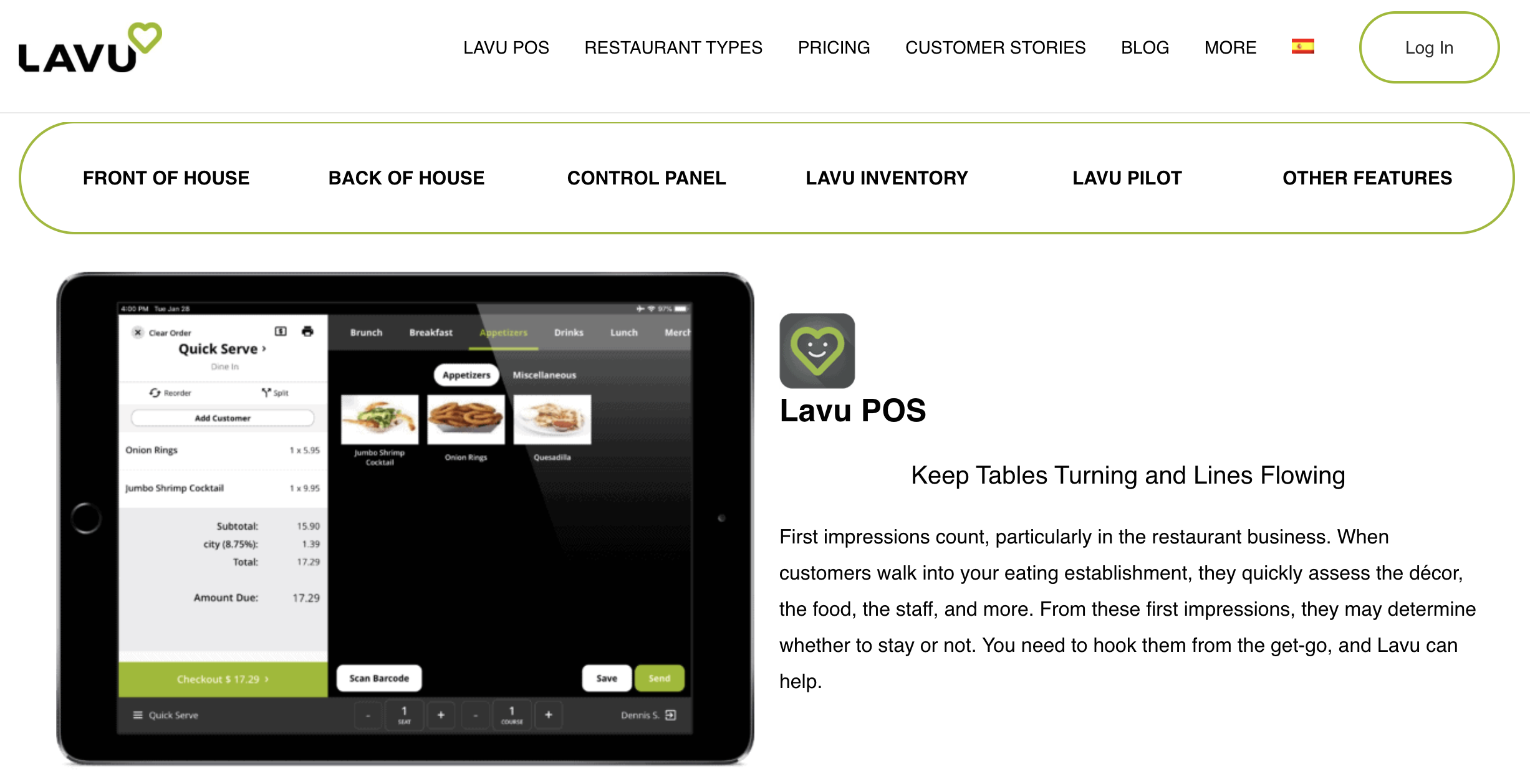
Lavu is a point-of-sale (POS) and restaurant inventory management software that offers cross-platform solutions to streamline front-of-house and back-of-house restaurant procedures. Its inventory management feature set focuses on simplifying vendor relations, improving profit margins, and making sure you always have the ingredients you need at the right locations.
Pricing for Lavu starts at $69/month for a single terminal. For multiple-terminal and enterprise plans, you’ll need to contact the company directly for a quote.
3. MarginEdge
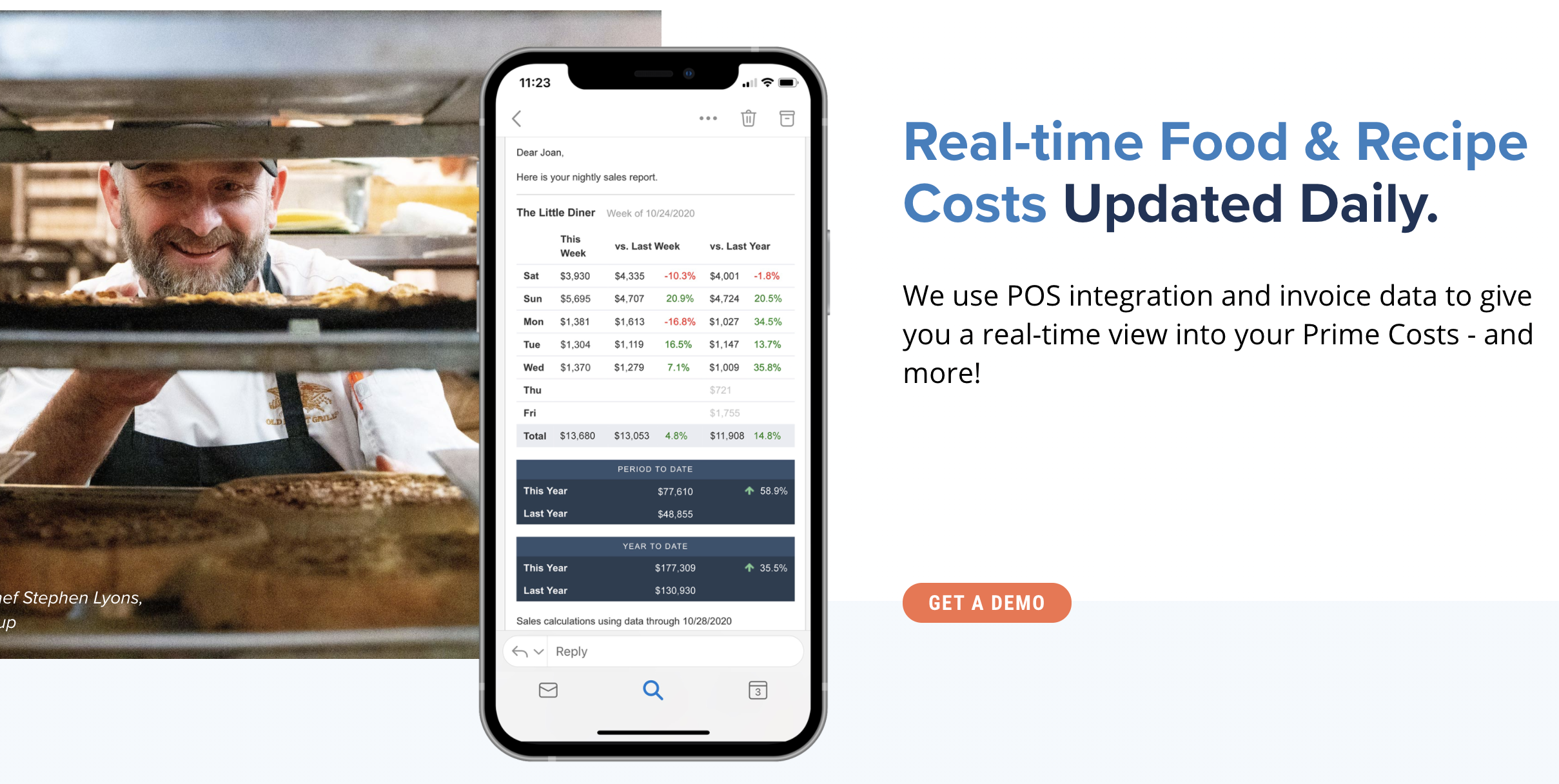
As the name implies, MarginEdge is software that focuses on giving you better margins and, consequently, bigger profits. The app is run by former restaurant owners, GM (general managers), and executive chefs.
By integrating with POS systems and allowing users to upload pictures of invoices, MarginEdge helps restaurants keep an eye on prime costs and makes it easier to track profit and losses.
MarginEdge is a powerhouse of data reporting and allows users to track and compare costs and profits across teams, shifts, and locations to identify hidden problems. It also helps restaurant owners to keep track of actual and theoretical food costs.
Pricing is not available on their website, so you’ll need to contact the sales team for a quote.
4. xtraCHEF

xtraCHEF is a software tool designed to help restaurants switch from manual to digital inventory management. The tool uses artificial intelligence to scan invoices and calculate plate costs, reducing the risk of user error in the data input process.
All the information you input into xtraCHEF is viewable from anywhere and on both mobile and desktop platforms. You can use the software to get deeper insights into vendor prices and negotiations, to monitor the performance of different locations, and to unify your records.
Plus, xtraCHEF integrates with other popular tools, like Toast, Compeat, Quickbooks, Microsoft Dynamics, and Sysco, among many more.
xtraCHEF has three pricing tiers. The first, On the House, is free to use. In order to get pricing information for the other tiers, Starter and Chef’s Choice, you’ll need to contact the company directly.
Summary
Inventory management is an integral part of any restaurant’s internal workings. Luckily, modern software has made it easier than ever.
However, even with the new solutions available, it’s still essential to have a clear procedure in place to make sure that all your staff members are on the same page. Once you have that in place, you can start working as a team towards making your restaurant move smoother than ever.
JD enjoys teaching people how to use ZoomShift to save time spent on scheduling. He’s curious, likes learning new things everyday and playing the guitar (although it’s a work in progress).
